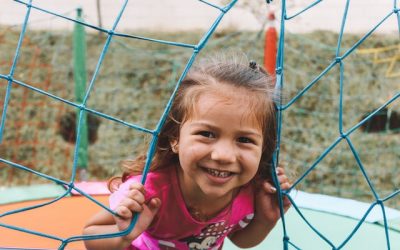This information has been provided by the Department of Human Services Program Development Office. Many of these services are available to youth regardless of which agency they are with.
Let us all work together to help youth access these life changing benefits! Youth’s Child Welfare Services social worker, GAL and foster parent are encouraged to work with the youth to assure that all available benefits are accessed. Click here to see many services with contact info.
Independent Living Program (ILP) service providers are available on all islands to assist youth in foster care prepare for life after foster care and to continue to provide support for youth formerly in foster care. ILP provides valuable support for youth in higher education and can help the youth develop the needed independent living transition plans and be a payee for the higher education benefit.
What services are available to youth after foster care? Youth may be eligible for the following services if the youth was in foster care with the Department of Human Services (DHS) when they turned eighteen and completed high school or was in foster with Hawaii’s DHS when another agency or person was granted permanent custody or legal guardianship.
Higher Education Board Allowance: Benefit – $676 per month for up to 60 months, if eligibility criteria are met. Criteria – apply before 22nd birthday; attend an accredited institution of higher learning (academic or vocational); sign an application/agreement and provide documentation of enrollment, attendance and grades; attend school and make progress to completing the program. After the end of each session the youth must provide grade reports and sign an agreement for the next session. Youth must also apply for scholarships and grants including the Free Application for Federal Student Aid (FAFSA) and Bradley & Victoria Geist Scholarship.
Education and Training Voucher (ETV): Benefit – Federal guidelines allow up to $5,000 per year toward the cost of attendance at an accredited institution of higher learning, however funding usually limits to around $2,000. This can include tuition, room & board, books, clothing, transportation and other expenses directly related to the cost of attendance. If youth is receiving ETV on 21stbirthday, may continue to be eligible until age 23. Criteria: Meet eligibility criteria for DHS higher education board allowance program, with one exception: youth who would have been eligible but did not apply for the higher education board allowance within one year of completing high school may apply for ETV. Complete an application that includes documentation of the “cost of attendance,” enrollment, financial awards, grants and loans, and a personalized independent living transition plan that includes a budget and plan for successful completion of the planned education. (Detailed information and application forms available on this website under Youth Resources)
Medical coverage: After leaving foster care, the youth is eligible to receive individual medical coverage. When foster care benefits are terminated, the youth’s name, address and employment information will be provided to MedQuest (MQD) which will send the youth an application for continued medical. This form must be completed and returned to MQD or coverage will terminate.
Youth Circles: Youth Circles are available to give youth a voice in planning their future. More information and a referral form (youth may refer themselves) can be found on this website under Youth Resources. Click here for more Youth Circle info.




